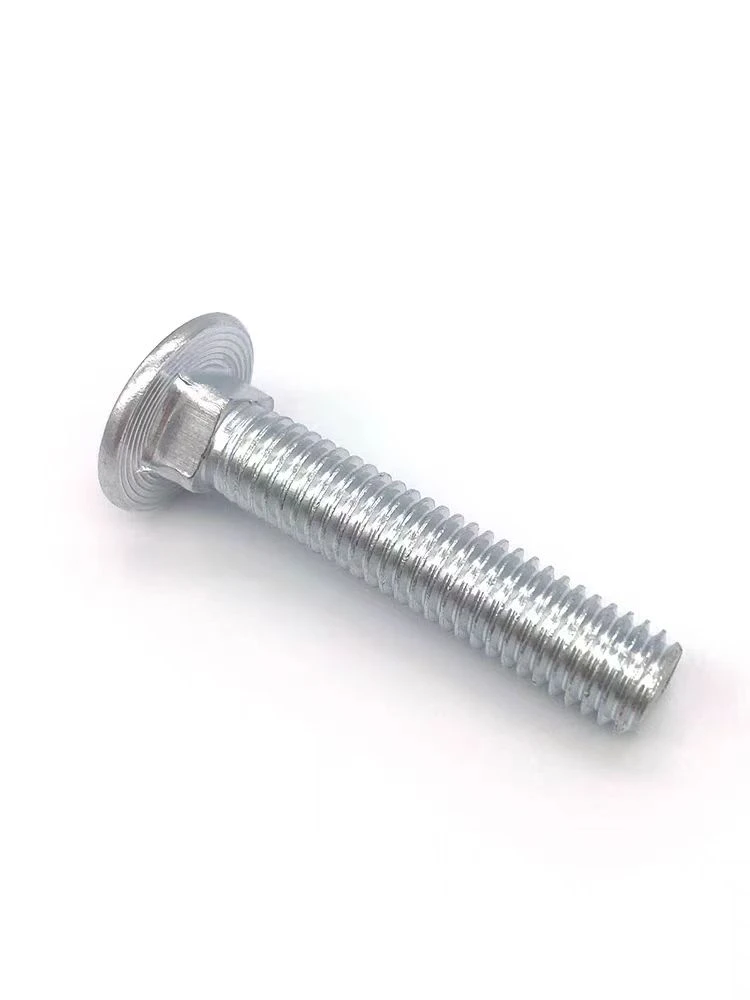

projection weld studs
Nov . 16, 2024 20:04 Back to list
projection weld studs
Understanding Projection Weld Studs A Comprehensive Overview
Projection weld studs are an essential component in various manufacturing and assembly processes, particularly in industries that require robust and reliable fastening solutions. This technology, primarily employed in automotive and construction sectors, involves joining metal studs to a workpiece through the process of projection welding. In this article, we will delve into the intricacies of projection weld studs, their advantages, applications, and considerations for effective implementation.
What are Projection Weld Studs?
Projection weld studs are fasteners characterized by one or more projections or raised parts on their surface. These projections are critical in ensuring the stud’s effective bonding to another metal piece during the welding process. Standard dimensions and shapes vary according to the specific requirements of the application, but they are typically made from high-strength alloys such as carbon steel or stainless steel, which provide excellent mechanical properties and resistance to corrosion.
The projection welding process involves placing the stud against a workpiece, including sheet metal or other components, and applying pressure and heat to the projections. The result is a solid, electrical resistance weld that keeps the stud firmly attached while maintaining the integrity of the surrounding metal.
Advantages of Projection Weld Studs
1. Efficiency One of the primary benefits of using projection weld studs is the speed of assembly. The process of welding studs can be automated, allowing for high production rates and reduced labor costs.
2. Strong Joints Projection welding produces very strong joints, thanks to the localized heat generated in the weld zone. This makes projection weld studs ideal for applications where high strength is essential.
3. Versatility These studs can be used in diverse applications, ranging from joining metal sheets in automotive bodies to assembling brackets and supports in construction. Their adaptability makes them a favored choice in many industries.
4. Reduced Distortion Since the welding process occurs in a concentrated area, there is minimal heat transfer to the surrounding materials. This results in less warpage and distortion of the workpieces, which is often a concern with traditional welding methods.
projection weld studs

5. Minimized Material Use Projection weld studs can provide a strong fastening solution without the need for excessive material. This efficiency not only cuts costs but also contributes to lighter overall product designs.
Applications of Projection Weld Studs
Projection weld studs are widely used across various sectors. In the automotive industry, they are often employed to attach components such as body panels, brackets, and electrical systems. The strength and reliability of these joints are crucial for vehicle safety and performance.
In the construction sector, projection weld studs find applications in structural assemblies, where robust fastening is required to ensure stable and resilient structures. Their use in manufacturing frames and supports helps streamline assembly and enhance overall structural integrity.
Additionally, projection weld studs are utilized in electronics, where precise and secure connections are vital. In these applications, they can be used for grounding connections and securing parts that require durability and resistance to environmental factors.
Considerations for Implementation
While projection weld studs offer numerous advantages, certain considerations must be taken into account during their implementation. The selection of appropriate stud materials and dimensions is crucial to ensure compatibility with the workpieces being joined. Proper design of the projection profiles is also essential, as it directly influences the strength and quality of the weld.
Moreover, the welding parameters, including pressure, duration, and electrical input, must be meticulously controlled. Overheating or excessive pressure can lead to poor-quality welds, while insufficient parameters could result in weak joints. It’s essential to conduct regular maintenance and calibration of the welding equipment to achieve consistent performance.
Conclusion
In conclusion, projection weld studs are a critical component in modern manufacturing, providing strong, efficient, and versatile fastening solutions. Their widespread usage in industries like automotive and construction underscores their importance in creating reliable and durable structures. By understanding their benefits, applications, and critical considerations for implementation, manufacturers can effectively incorporate projection weld studs into their processes, ensuring optimal performance and quality in their products. As technology continues to advance, the development and applications of projection weld studs will undoubtedly evolve, further enhancing their role in modern manufacturing practices.
Latest news
-
High-Strength Hot Dip Galvanized Bolts - Hebei Longze | Corrosion Resistance, Customization
NewsJul.30,2025
-
Hot Dip Galvanized Bolts-Hebei Longze|Corrosion Resistance&High Strength
NewsJul.30,2025
-
High-Strength Hot-Dip Galvanized Bolts-Hebei Longze|Corrosion Resistance&High Strength
NewsJul.30,2025
-
Hot Dip Galvanized Bolts-Hebei Longze|Corrosion Resistance&High Strength
NewsJul.30,2025
-
Hot Dip Galvanized Bolts - Hebei Longze | Corrosion Resistance, High Strength
NewsJul.30,2025
-
High-Strength Hot Dip Galvanized Bolts-Hebei Longze|Corrosion Resistance, Grade 8.8
NewsJul.30,2025

